Golden Lane is one of Prague’s most picturesque streets. Located inside Prague Castle, this fairytale-like laneway of pastel-coloured homes was built in the castle’s fortifications at the end of the 16th century. To access Golden Lane, you must purchase a Prague Castle ticket. Almost every different circuit ticket includes the Golden Lane, and for a good reason, since no visit to Prague castle is complete without visiting Golden Lane.
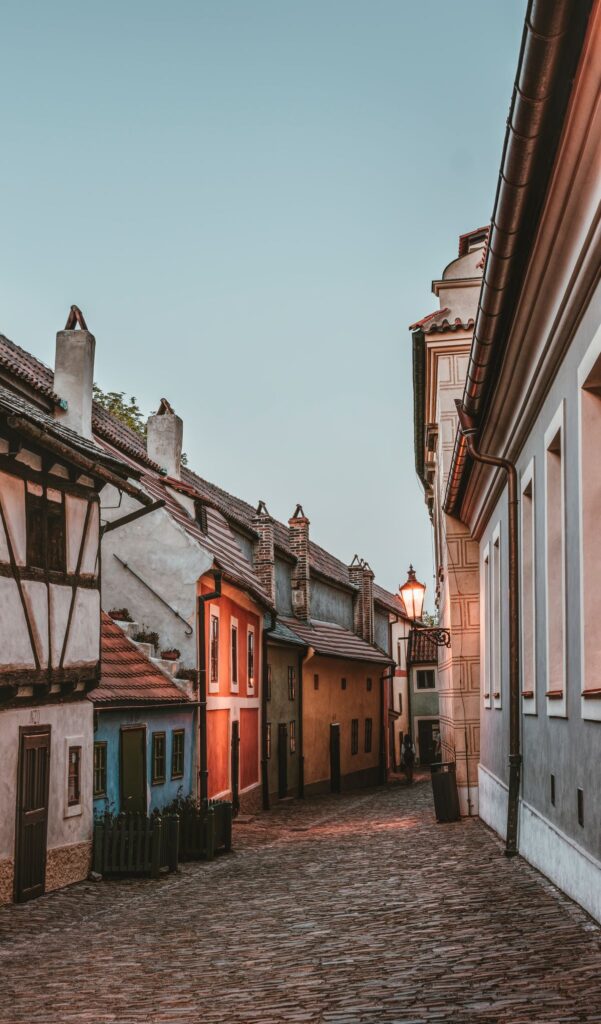
History
In 1597, the marksmen who guarded the castle’s fortifications wanted a place to live nearby. They didn’t want to walk back to Lower Town every day after their shift was over, and being nearby would mean faster response to any attackers. The emperor permitted them to build their homes on the small piece of land now the Golden Lane. But there were 24 marksmen and a lack of space for large enough houses. The miniature houses were constructed in the mannerist style out of stone, mud and wood – all cheap materials which would have been abundant to these marksmen.
Eventually, the row became home to more than just marksmen. Both rich and poor people lived here, as their proximity to the castle made it the perfect location to best serve the monarchy. There were artists, clerks, footmen, and more living along this narrow road. An extensive renovation was done to the lane in the 1950s after WWII, and only 11 historic houses remain today. The houses on the street no longer house residents of Prague but contain souvenir shops and little exhibits which display what life was like in the lane over the last 500 years.
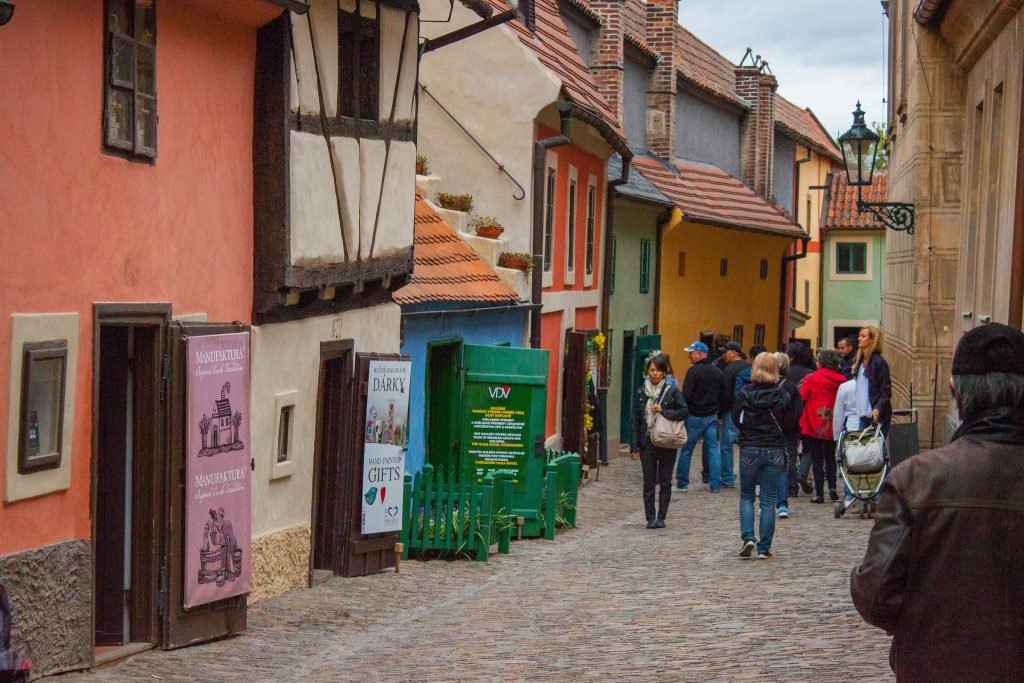
The street gets its name from the famous alchemist who once lived here during the reign of Rudolf II. This alchemist was obsessed with creating the philosopher’s stone, the elixir of youth and most of all, trying to turn cheap metals into gold! He was never successful himself, but stories of his attempts lived on. In the 20th century, an old doctor of philosophy spent his life savings collecting old books on magic and went about secret experiments in his house on Golden Lane.
One day, neighbours heard an explosion and came running. His house was on fire, and when firefighters finally could extinguish the blaze, they found the old man dead inside, clutching a large piece of gold in his hand. Perhaps he finally accomplished what all those alchemists before him were attempting to do, as no one could understand how else he would have come to own such a large, expensive piece of gold.
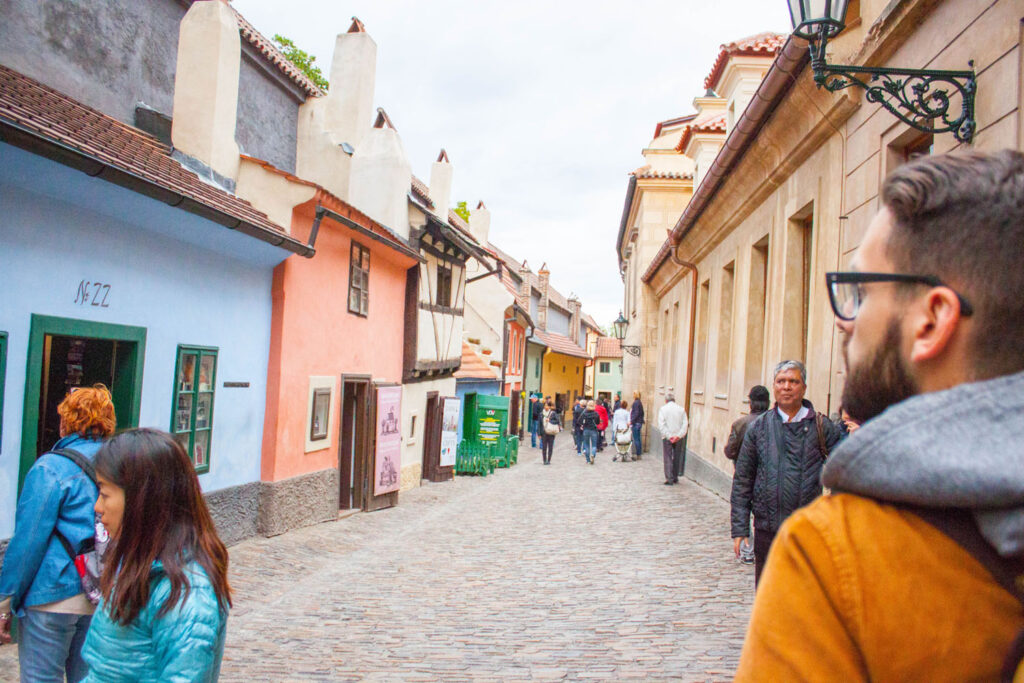
Admission and Access
Access to the Golden Lane can be gained only with a Prague Castle admission ticket. You can access the Golden Lane on either circuit A or B. It is open from November – March from 9am – 2pm and from April – October from 9am – 5pm.
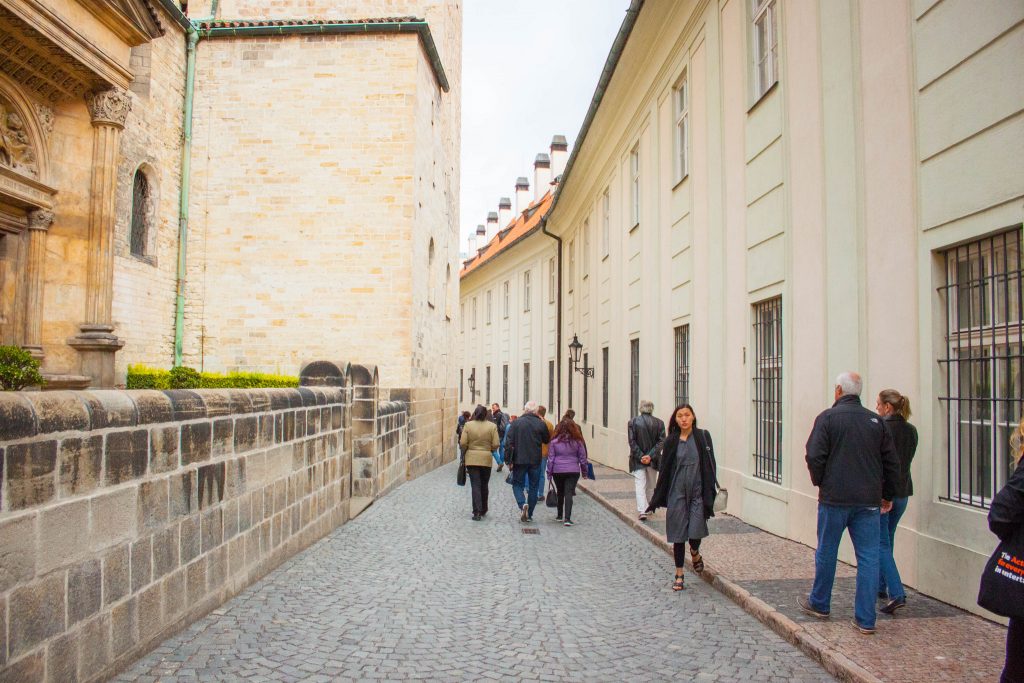
House 20
The only house retained with a Renaissance appearance is house #20, with its original dark brown pieces of framing, which can be seen from the exterior.
Franz Kafka House
Many famous people have lived here throughout the years. Be sure to stop by house #22, the blue house, which was once home to Czech-born, German-language novelist Franz Kafka. Although the interior of this house is one of the most disappointing since it’s now nothing more than a cheesy souvenir shop.
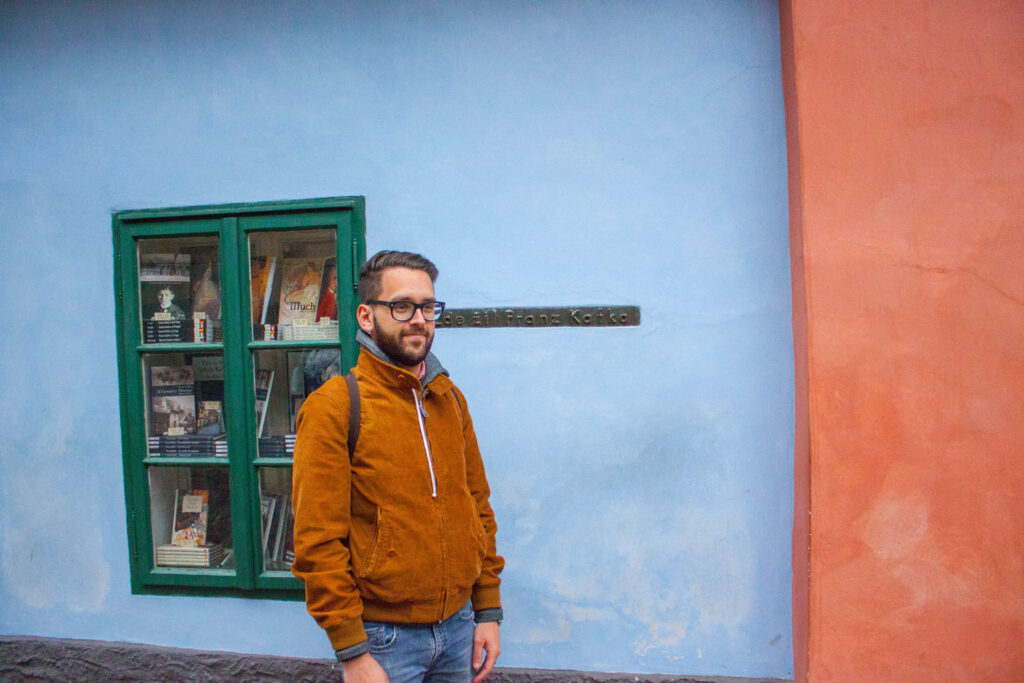
House 12
House #12 was owned by film historian and collector Josef Kazda. This was my favourite house on the lane. Inside are hundreds of posters from old Czech films and piles of film canisters littering the floor. Kazda saved many films which were supposed to be destroyed by the Nazis in WWII, and his house became a kind of warehouse to keep these pieces of history safe.
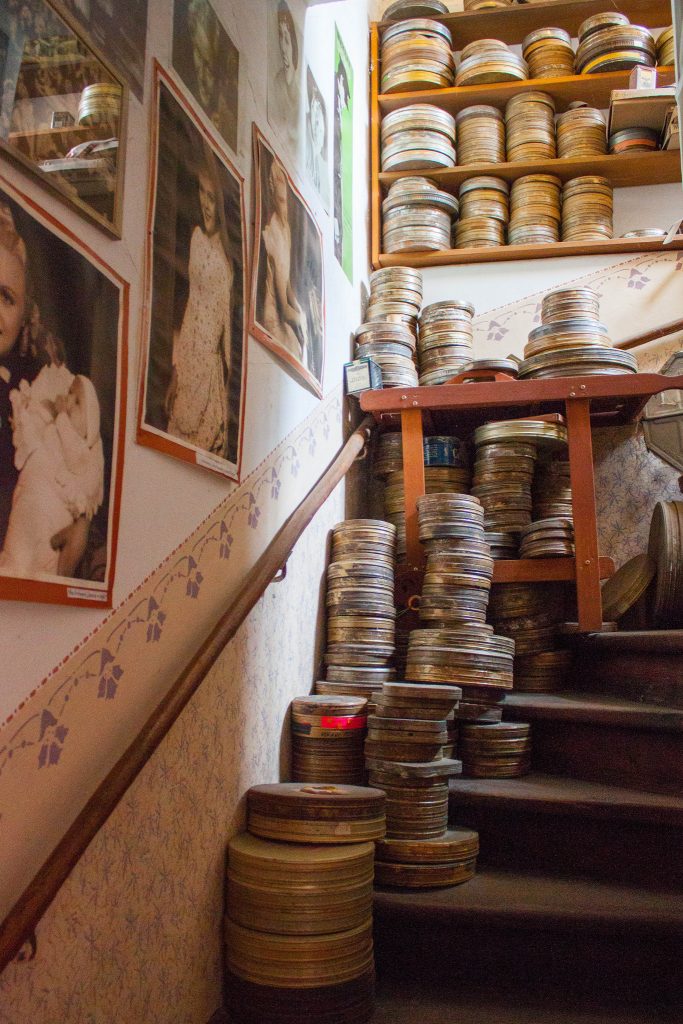
House 13
House #13 is the residence of the red artilleryman. It’s a recreation of the home of one of the many guards who protected the castle. Inside you can find his bed, original guard uniform, and their humble cottage kitchen.
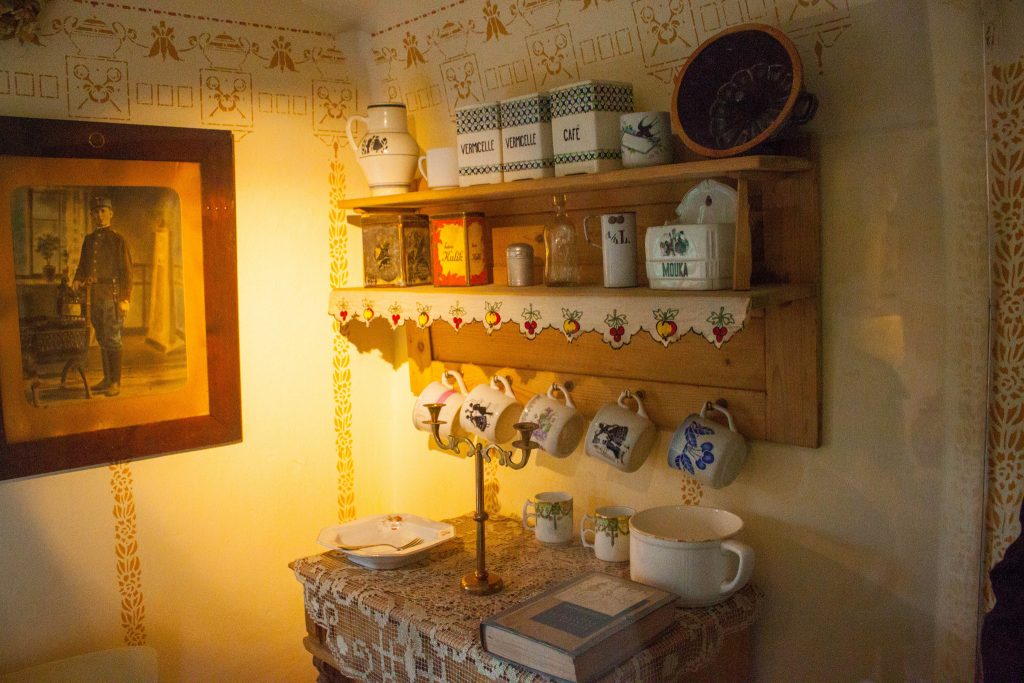
House 14
House #14 once belonged to the psychic Madame de Thebes, who lived here in the 20th century. She predicted the downfall of the Third Reich and was eventually arrested and tortured to death by the Gestapo for her predictions, which, as we all know, finally came true. This house now hosts items favoured by fortune tellers, like tarot cards, skulls and books on astrology.
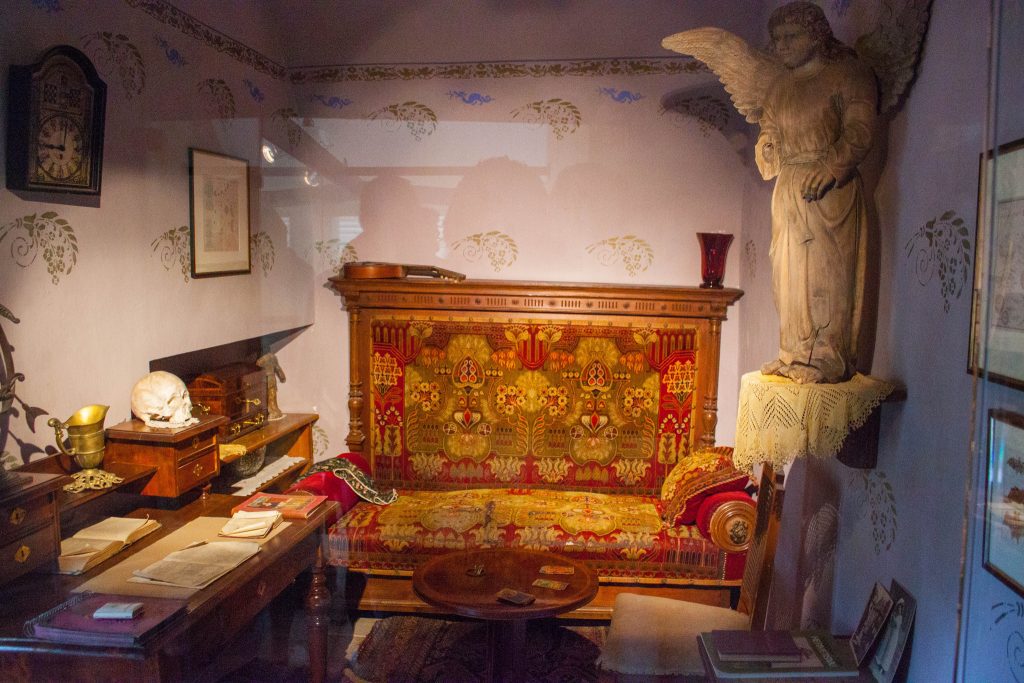
House 15
House #15 contains an exhibition dedicated to the goldsmith’s workshop. In addition to living in these houses, many craftsmen used them as studios. Inside this little house, you’ll find a small Renaissance desk, goldsmith tools, an outfit that such craftsmen would have worn during the period, and various other items of decor that such a man would have owned.
House 16
House #16 is a recreation of the kinds of tavern inns that would have served the Golden Lane and Prague Castle residents in the Renaissance period. A dimly lit bedroom, surrounded in rich animal furs and jugs of ale, surrounds the bedside.
House 23
House #23 is a goldsmith’s workshop. Displaying antique jewelry both on the exterior and interior, there is a myriad of tools of the goldsmith’s trade on display. A fur apron sits on the chair, as it was used to catch any of those precious flecks of fold the smith would be working with. One can only imagine the kinds of requests these goldsmiths would be making for the Kings and Queens of Bohemia and their court.
House 27
House #27 contains an exhibition dedicated to herbalists. Herbalists were the doctors, pharmacists, dermatologists and makeup artists of the 15th century. They cured diseases, healed wounds and served both the rich and poor. Their materials consisted mostly of flowers, powders, seeds and spices. Inside you also have a modern-day beauty products shop selling all sorts of natural creams and tonics made in the Czech Republic from regional ingredients. I’d seen this brand elsewhere in the city, but buying it in the old home of the original herbalists felt extra special.
Medieval Armoury
At the end of the lane, one of the houses houses a medieval armoury and textile displays. Visitors can even try shooting a crossbow in the makeshift range they’ve set up inside. Although this little street might seem inconsequential against the majesty of St. Vitus Cathedral or the Royal Residences, seeing how the everyday people who built the foundations of the city lived, is truly an eye-opening experience.
Prague’s Golden Lane is a must for any traveller. From its vibrant and well-preserved medieval architecture to its historical significance and rich cultural heritage, the Golden Lane offers a unique and unforgettable experience. Whether you’re a history buff, an architecture lover, or just looking for a fun and immersive day out, the top ten sights on this walking tour are sure to captivate and delight.


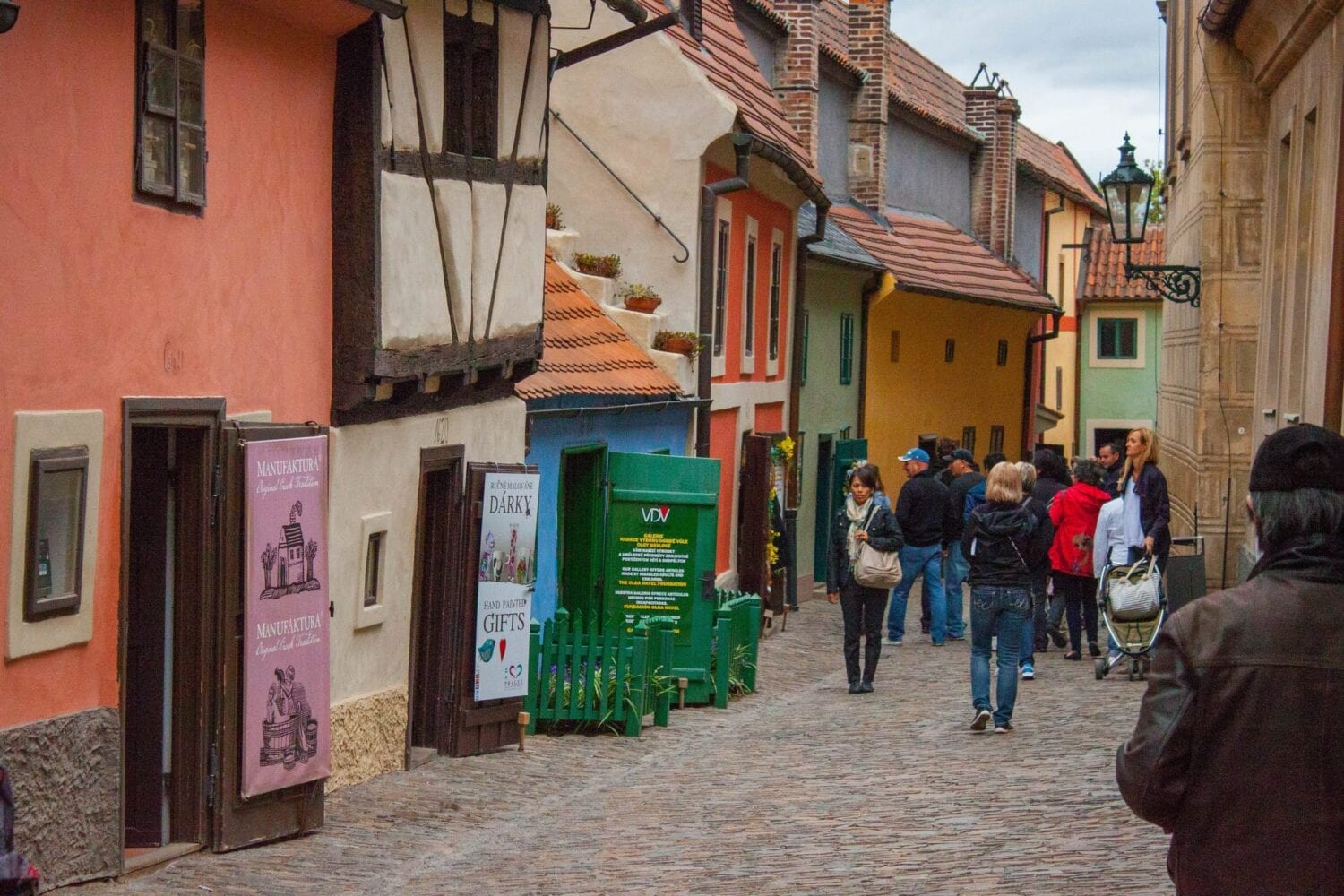

 (@silviascalice)
(@silviascalice)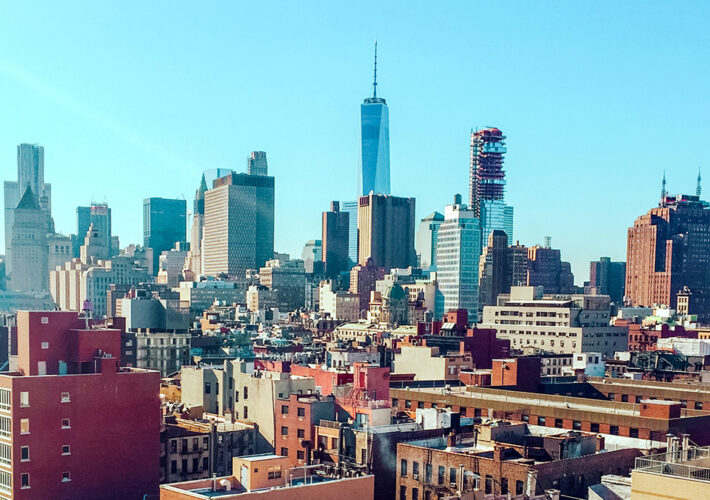
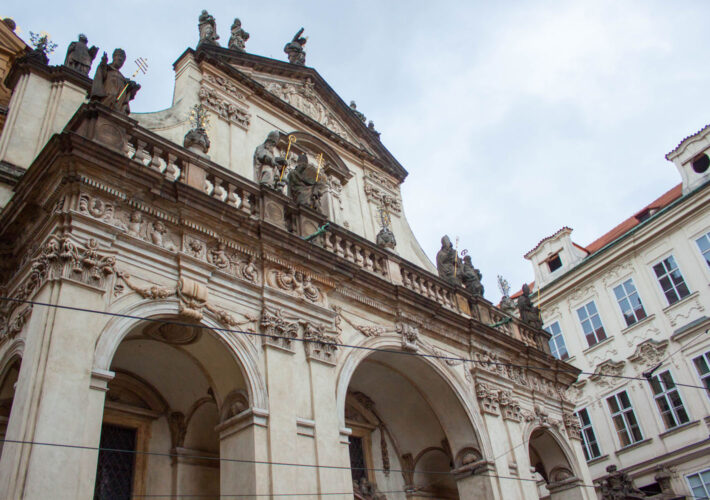
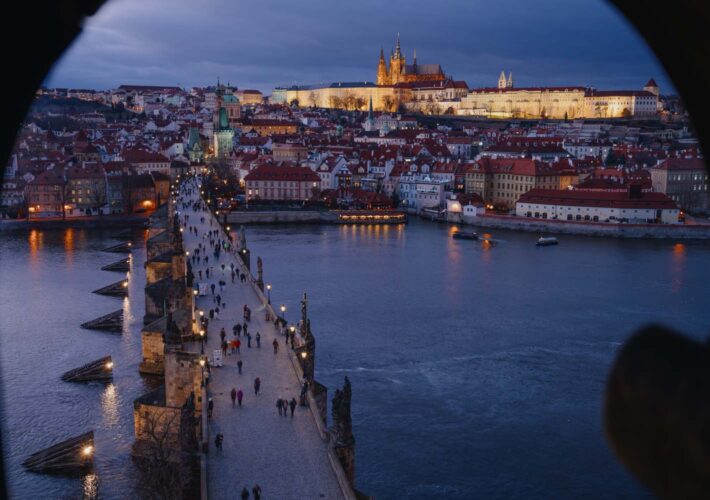

Leave a Comment